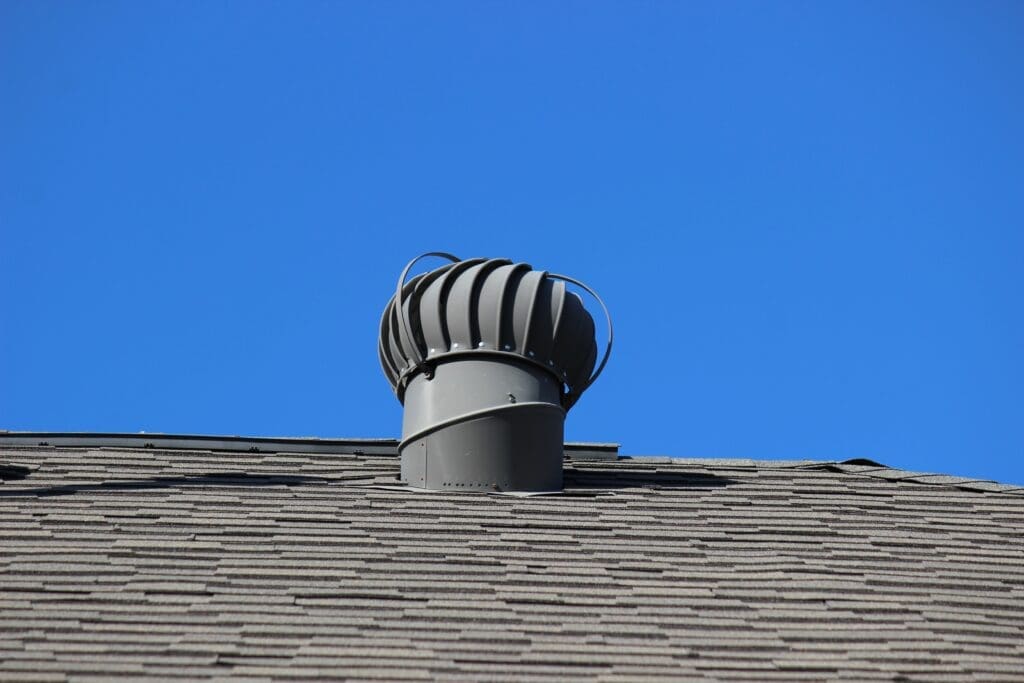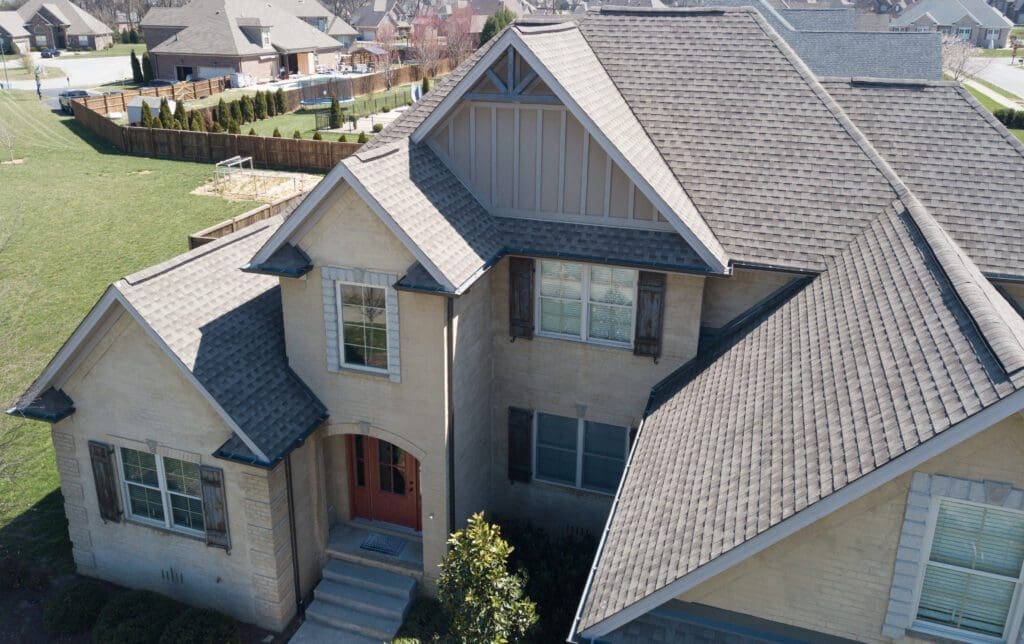Homes in Florida have to endure a lot. Heat, humidity, pounding rain, and high winds, just to name the obvious. Building science is the science-driven optimization of structures. It can tell us a lot about how to design our structures so that they can endure for decades with minimal deterioration. Roof vents perform one of the functions that we want to optimize. So one of the most important things we need to know is, what are the best roof vents for Florida homes?
What Does A Roof Vent Do?
Even though your roof seems like a simple thing that just keeps the rain out, it’s actually a system. It keeps the rain out and keeps moisture from accumulating and wrecking your home. If your home doesn’t manage moisture—rain and humidity—properly, you’ll be uncomfortable and your home will fall apart.
Your roof also plays a role in managing the temperature in the living spaces below. By allowing warm air to flow upwards and out, your roof keeps that warm air away from your living spaces. As a result, your AC system has an easier time keeping you comfortable.
Homes in Florida use a few different types of roofing, and those tend to be vented in different ways. Many homes in Florida use clay tiles, and they’re a beautiful, durable, and proven option. Concrete tiles and metal roofing are popular as well. Most homes, though, have asphalt shingles, so we’ll focus on that option here, and how to vent those roofs properly.
Your home’s asphalt shingle roof will have vents along the bottom plane at the soffit or eave, and also up on top. The point of all that hardware is to create airflow that keeps air continuously moving up through the soffit vents and then out the roof vents. Soffit vents can be a continuous strip, a few panel vents, or vinyl or aluminum pieces that form the entire soffit. It’s all part of the system, but in this post we’ll look more at different types of roof vents.
Turbine Vents
You can look around and see a few different types of roof vents. Some vents look like a shiny flying saucers and are called “turbine” vents. They’re not the best choice for Florida homes, as they’re often damaged by flying debris in storms. Since they stand up so far off the roof surface, you can see how they can be damaged pretty easily by flying debris. In fact, according to this Hurricane Retrofit Guide, “Almost no turbine vents are built strongly enough to withstand the debris created by hurricanes.”
Powered Vents
Another type is a powered vent. This type is also a metal contraption, but they have a lower profile than a turbine vent. These work well, unless your power has gone out in a storm. Some of these vents, though, have a small solar panel built in! That sounds like a great idea, but when you’re relying on a machine that can fail, you’ll need to give that machine regular inspections.
On a side note, an annual roof inspection is a good idea regardless of the type of roof vents you have. Of course, after any major storm you should have a good look at your roof and check out all the components. Here’s some more information about “How to Deal With Wind & Storm Damage to Asphalt Shingles” and “Hail Damage On Tile and Asphalt Shingle Roofs.”
Gable-End Vents
Gable-end vents give a sort of charming “farmhouse” look and have the ability to move a lot of humid air, but also can let a lot of rain into your attic. The Hurricane Retrofit Guide, in fact, states that “Gable end vents are practically assured of letting water into attics.” So choosing other options is a good idea. If your home already has gable-end vents, you might want to inspect your attic for water damage and talk to a roofing contractor. Your best move may be closing off those gable-end vents and switching over to other types of vents.
Ridge Vents
A better type is a ridge vent like this one from GAF. I’d say this type is better because:
- It’s a simple product. There’s really nothing to break, maintain, or wear out. However, one problem to look out for, according to the Hurricane Retrofit Guide, is “A common problem when shorter nails are used is that they somehow work their way out. Probably due to temperature changes over the years.” Solving this problem is as simple as following the manufacturer’s recommendations for fasteners and inspecting the vent periodically.
- It’s low profile, which means it’s less vulnerable in storms than turbine and powered vents. It also doesn’t detract from your home’s appearance in that way that turbine vents do.
- It installs quickly at low cost. Your roofer can gun-nail this vent, meaning a faster installation.
- It’s eligible for GAF’s best warranty, which appears not to be the case for some of their other roof vents.
Sometimes, though, ridge vents like this won’t work. If your home simply doesn’t have enough linear feet of ridge for the volume that must be vented, your roofer might have to use another type of vent, or both in combination. That’s why it pays to talk with a professional before you make many decisions about your new roof.
GAF, by the way, is a huge roofing company and our firm uses a lot of their products. Here’s a page that shows what they sell for venting. CertainTeed is another of the corporate titans in roofing and other homebuilding components. Here’s what they offer for venting.
Want to Talk About the Best Roof Vents for Florida Homes?
Roof vents are just one part of the system, and choosing the best roof vents for Florida homes is not as obvious as it might seem. We’re here to help with most types of roofs, so no matter what type of roof you have, we can help you through the process. Our team has more than 40 years of experience in roofing. Give us a call at 813-373-9088, or use this form and request more information and we will contact you.




